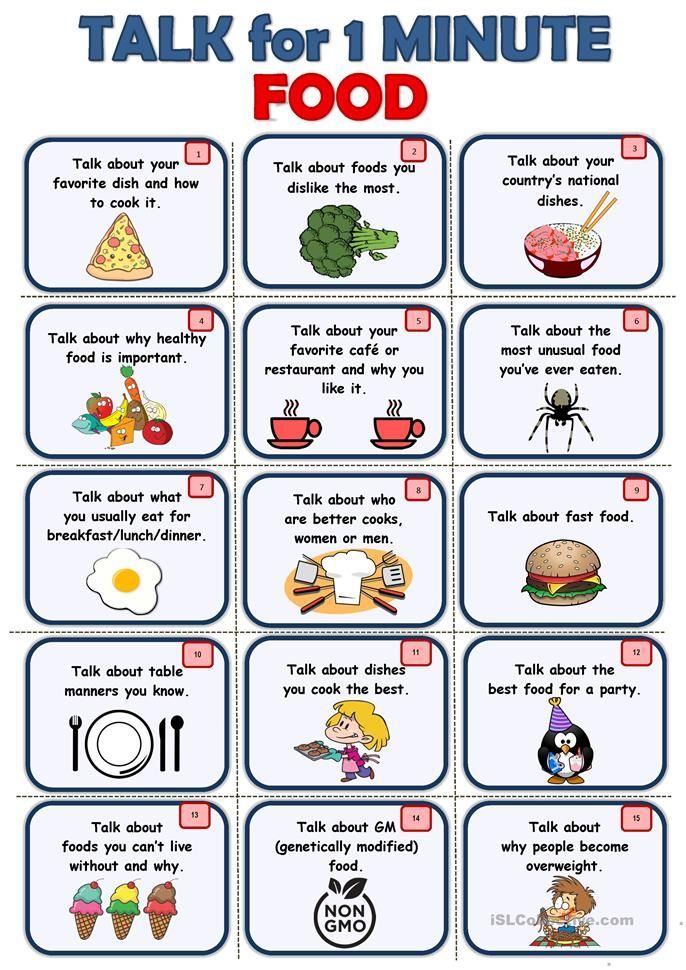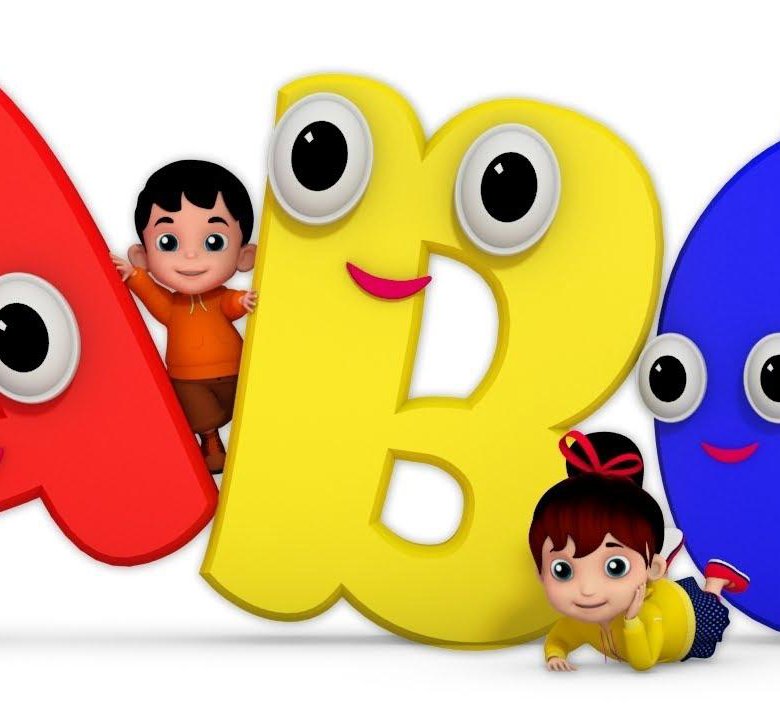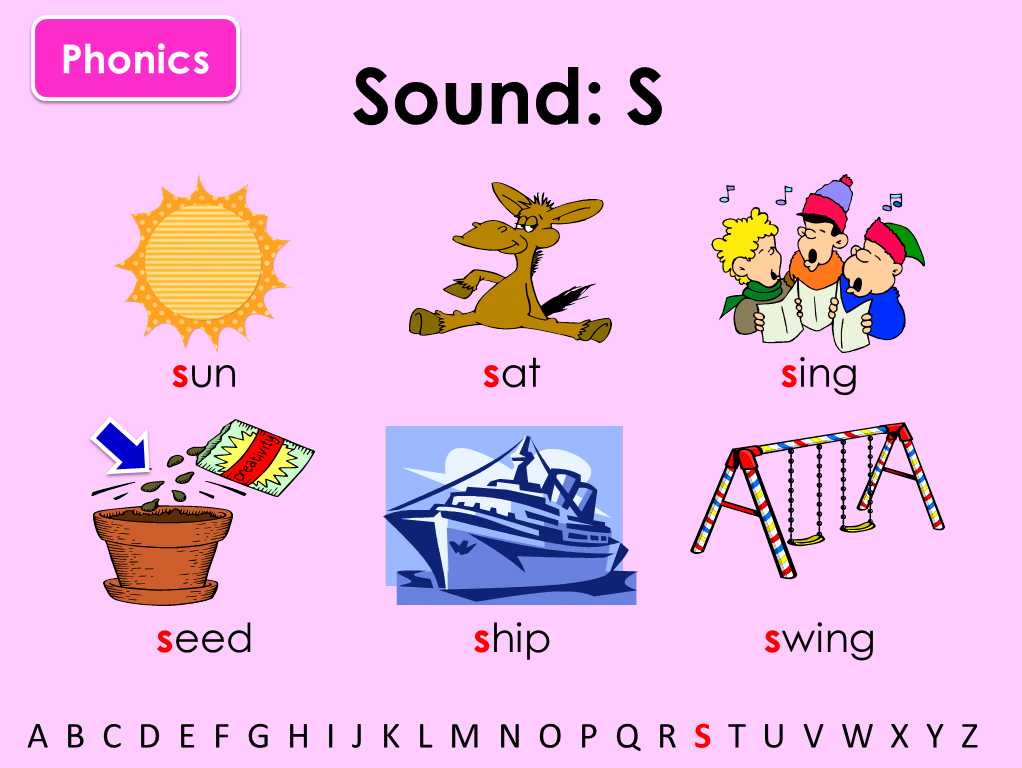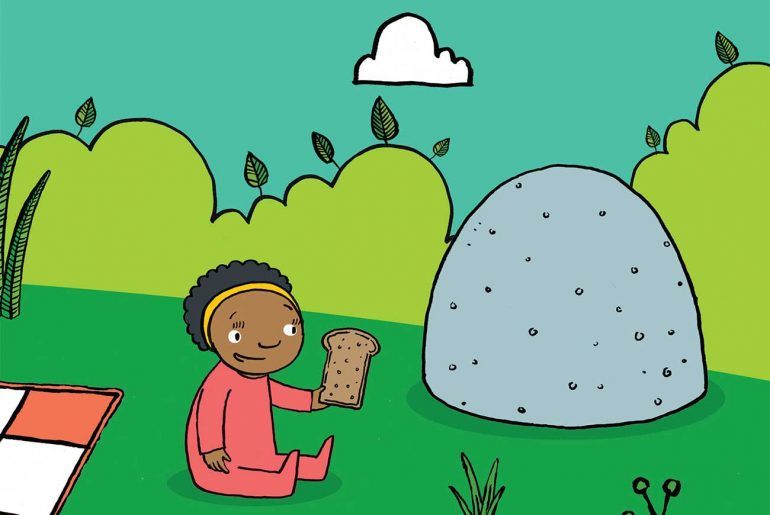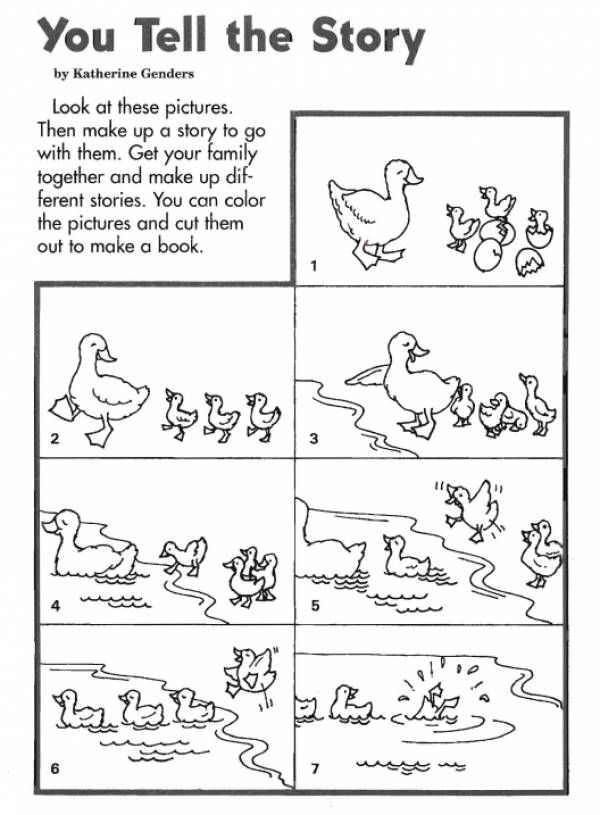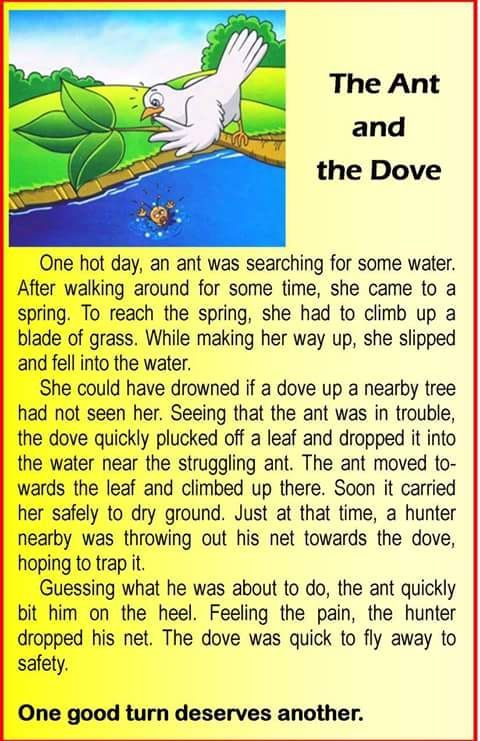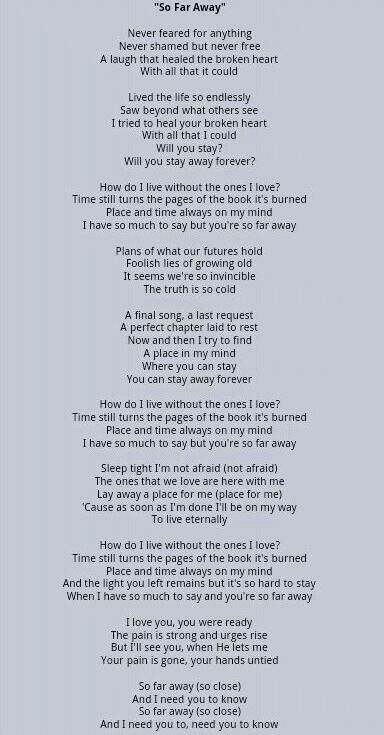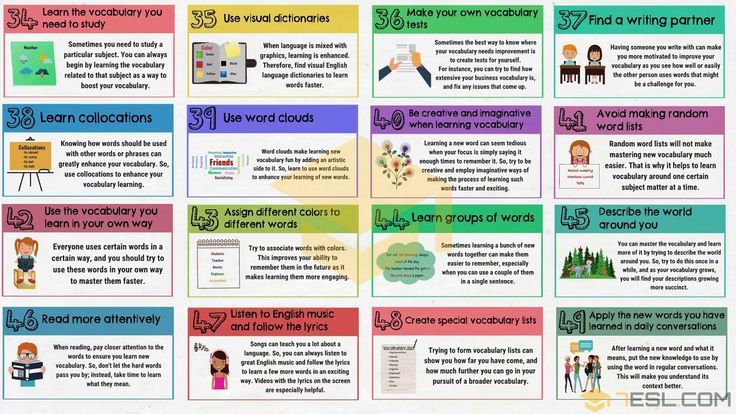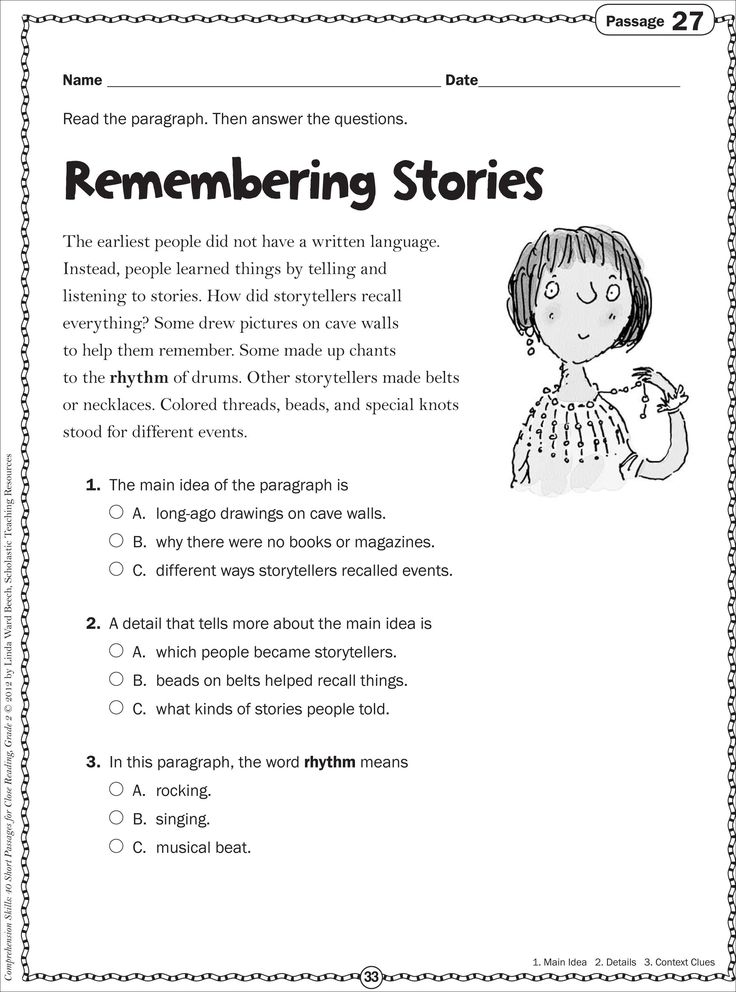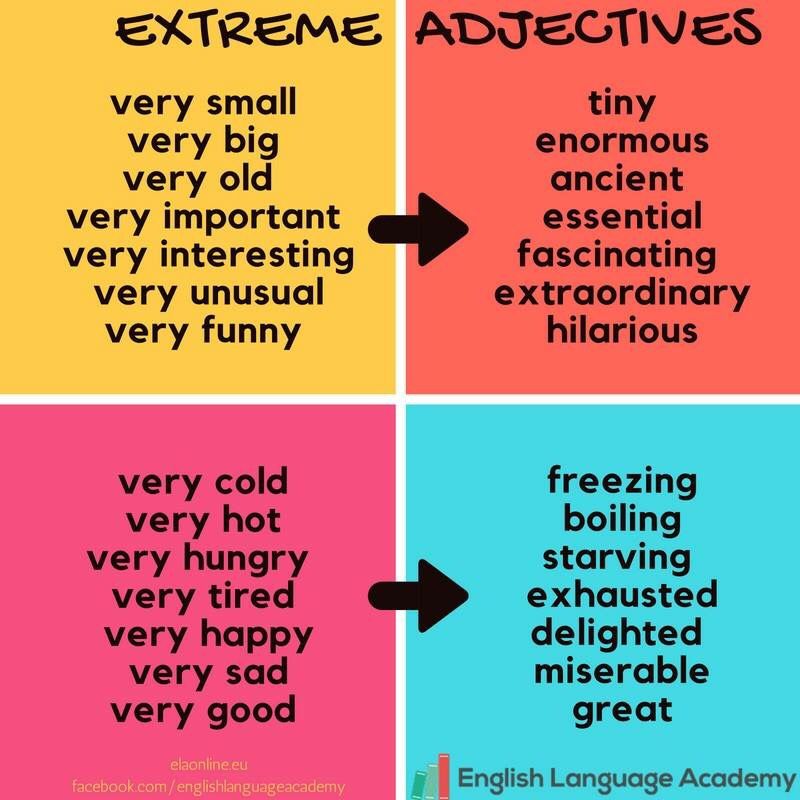Read for learning
Learning to Read to Read to Learn. Myth or Reality?
by Becton Loveless
Learning to Read to Read to Learn. Sounds catchy, doesn't it. Anyone involved in education, including most parents, are familiar with this term and concept. But is it reality or myth? The fundamental premise for Learning to Read in order to Read to Learn is that "Learning to Read" occurs during the early years of a child's education–typically kindergarten through 3rd grade–and consists primarily of decoding and memorizing basic words. The focus is phonemic awareness and phonics. Children learn that letters make sounds, and how to mesh those sounds together so d-o-g becomes "dog". They continue progressing through this stage until they achieve "fluency", at which point they're ready to tackle increasingly difficult texts and begin "Reading to Learn".
The actual "Reading to Learn" part of the equation begins around fourth grade, where the focus is on reading for information and comprehension. This is where it gets a little bit tricky. Again, the premise is that before a child can gain comprehension of what they're reading, they have to be somewhat proficient readers. This concept, and way of thinking, continues to influence reading instruction and learning systems in classrooms throughout the world. But should reading for information and comprehension wait until the 4th grade? Do children make the transition from "Learning to Read" to "Reading to Learn" so easily? New studies say, "probably not".
Research now shows that "Learning to Read" and "Reading to Learn" should occur (1) simultaneously and (2) continually throughout a child's elementary and secondary years of education. Reading for information and comprehension should start as soon as a child begins to read–or even as early as a parent starts reading to their toddler. Research also indicates that while the reading expectation for children changes around grade 4, where students are now expected to apply their reading skills, many kids still need more practice developing their fundamental reading skills.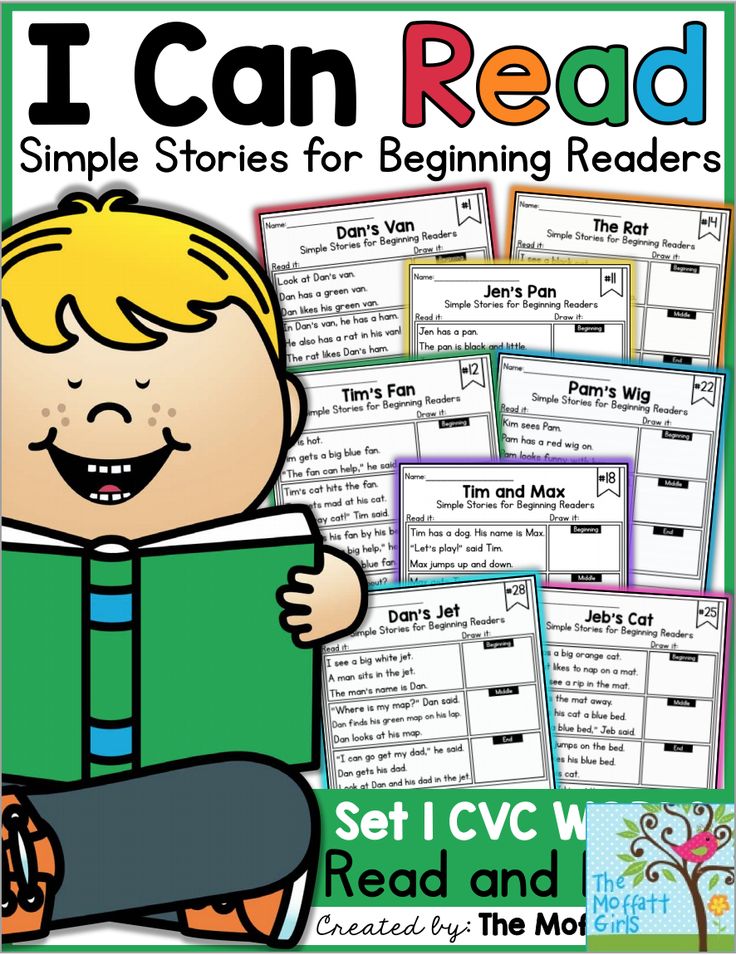 It is a myth, and mistake, to think children don't need additional
learning to read instruction beyond the third grade–especially within content areas such as mathematics, science, poetry, and history.
It is a myth, and mistake, to think children don't need additional
learning to read instruction beyond the third grade–especially within content areas such as mathematics, science, poetry, and history.
Reading comprehension, which has been reserved for grades 4–8, and which early reading instruction has traditionally failed to address, is now emerging as a critical element of learning to read during early childhood, augmenting the more narrow focus on phonemic awareness and phonics. Fundamental decoding and sight-word skills, supposedly developed during grades K–3, should continue to be emphasized and taught as students confront more challenging information, text, and literature associated with new content areas and academic disciplines.
Many educators also fail to recognize, or appreciate, that reading comprehension, and reading with understanding, is also a function of background knowledge, vocabulary and experience. A 4th grader with good fundamental reading skills in the areas of decoding and phonics may still struggle to achieve comprehension when confronted with diverse contexts without a strong knowledge base.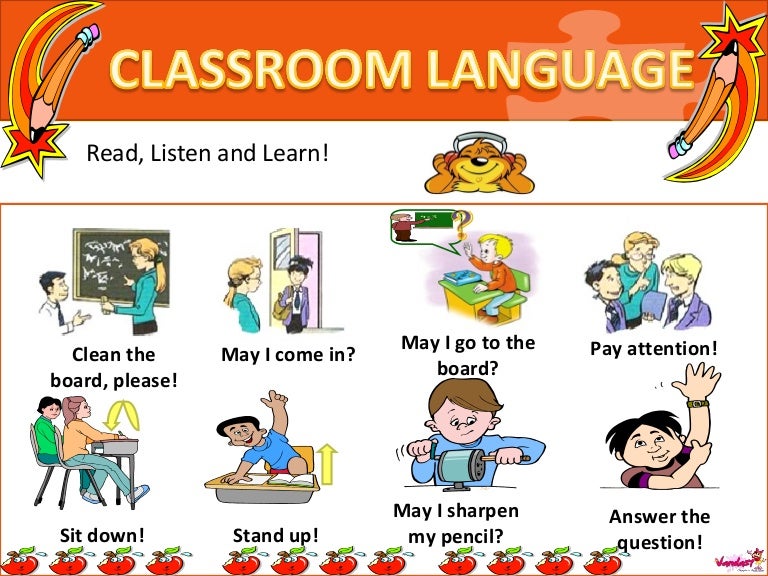 For example, in order to understand a story about the game of cricket, you need to have a little bit of experience with sports. Children that are "good readers" typically possess fundamental reading skills AND have a little bit of knowledge about different things. It really doesn't take many missing bits of background knowledge or vocabulary for a child to not comprehend a passage.
For example, in order to understand a story about the game of cricket, you need to have a little bit of experience with sports. Children that are "good readers" typically possess fundamental reading skills AND have a little bit of knowledge about different things. It really doesn't take many missing bits of background knowledge or vocabulary for a child to not comprehend a passage.
Notwithstanding strong evidence debunking the Learning to Read to Read to Learn system, and that supports newer and more effective reading instruction and practices, many teachers still continue to implement a more "traditional" approach based on the antiquated "K–3 and grades 4–8" sequential reading instruction. This is particularly evident in middle schools and high schools.
A report published by the ACT, Inc. (www.act.org), a national assessment testing organization for college entry and admission, states that just over half of high school students have the ability to meet the demands of college-level reading and only 51% of ACT tested high school graduates met ACT's College Readiness Benchmark for Reading–as evidenced by poor testing results on the "Reading Comprehension" section of the ACT exam.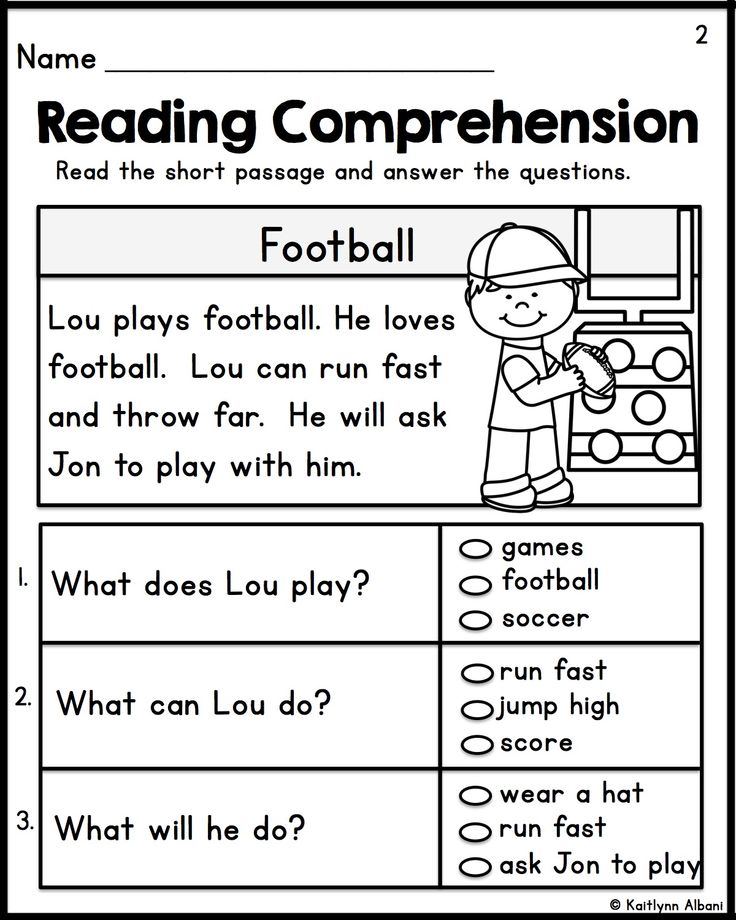 So if reading comprehension is so critical to students' future success, why don't more middle and high-school teachers focus on improving reading skills? One of the biggest reasons is time. Where teachers are required to cover large amounts of material in a relatively short amount of time it can be difficult to change the focus to improving reading strategies.
So if reading comprehension is so critical to students' future success, why don't more middle and high-school teachers focus on improving reading skills? One of the biggest reasons is time. Where teachers are required to cover large amounts of material in a relatively short amount of time it can be difficult to change the focus to improving reading strategies.
There's no lack of evidence that learning to read at an early age, and read with understanding, positions kids for long-term academic and career success. The same evidence also suggests that kids who don't acquire reading fluency and comprehension skills early in life struggle throughout school–and later on. Statistics show that a student in 1st grade who struggles with reading will have a 90% chance of struggling when they're in 4th grade, and a 3rd grader struggling with reading has only a 25% chance of catching up by the time he or she reaches high school. Hence, every possible effort should be made to (1) employ effective reading instruction and (2) continue to do so throughout a student's academic career.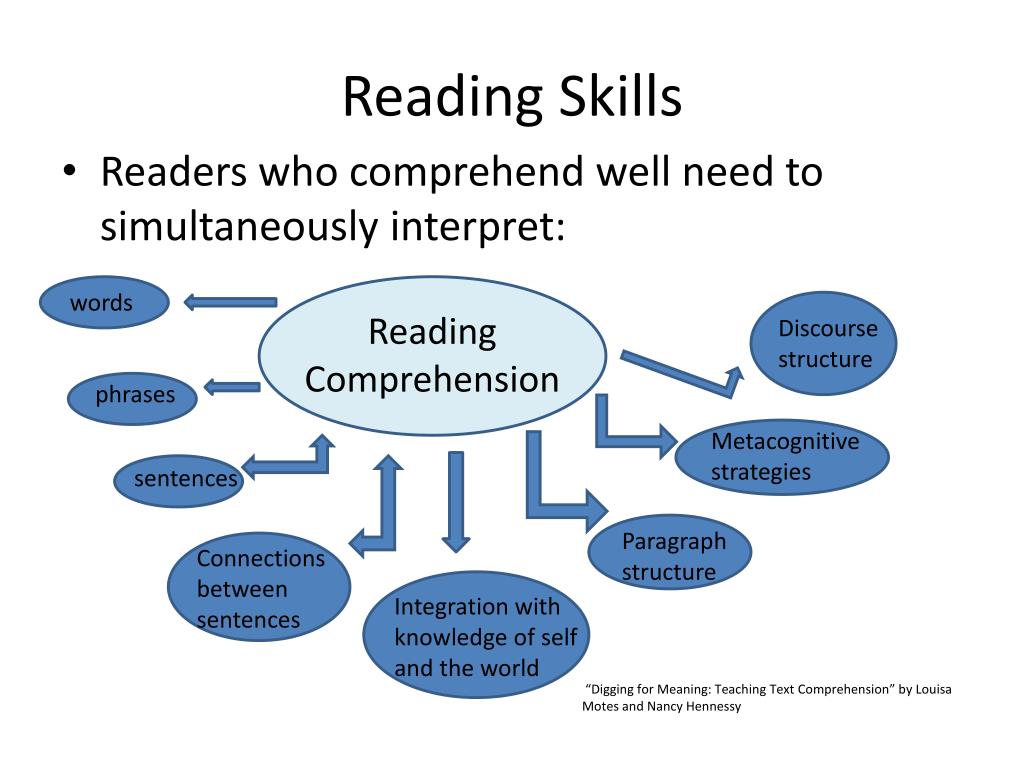
The following are proven tips, strategies and guidelines for sound reading instruction that will help turn any student–young or old–into a stronger reader, who not only reads with fluency, but understanding.
Kindergarten–3rd Grade:
As one of the foundational building blocks of future academic success, reading should be the strongest thrust of educational accountability and instruction from kindergarten through 3rd grade. As many children as possible should leave 3rd grade reading with fluency and comprehension. The following tips and strategies will help create students prepared to succeed as they progress through grades 4–8, and beyond.
- Background knowledge plays a large role in reading comprehension. Incorporate activities and instruction that build childrens' knowledge base. Children without "general knowledge" struggle with comprehension even if skilled readers.
- Facilitate reading by teaching children narrative and expository text structure.
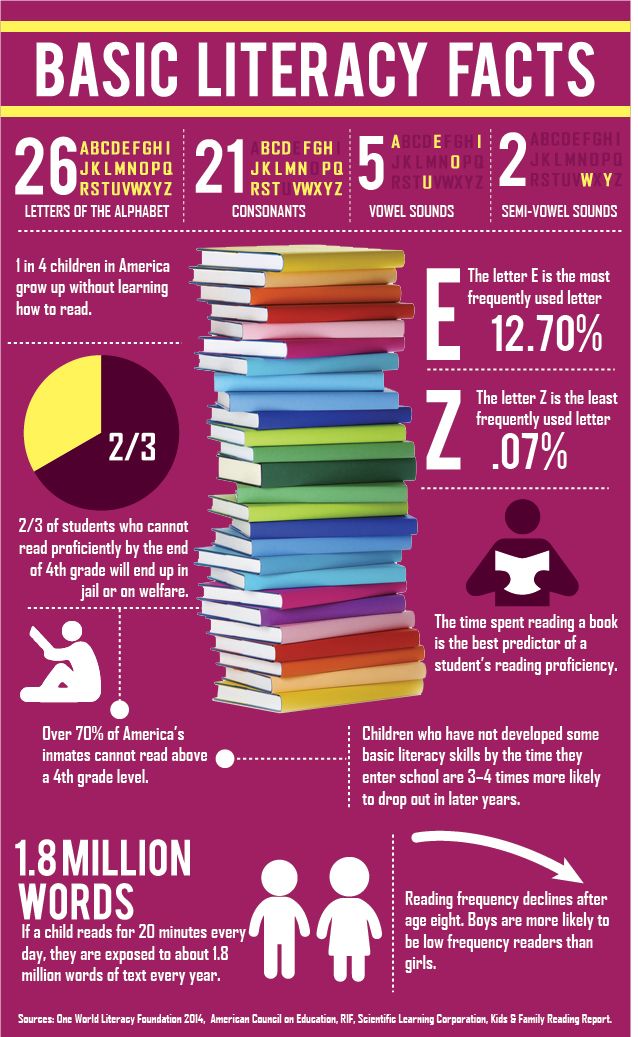 Students, young or old, must be familiar with text structures to become successful readers. This helps readers approach reading with a plan.
Students, young or old, must be familiar with text structures to become successful readers. This helps readers approach reading with a plan. - Help children identify the reason for reading. Setting a purpose helps students activate prior knowledge and utilize text structure. Setting a purpose also can collect information, perform a specific task, or nothing more than entertain.
- Help students build "text" connections when they read. Making personal Text-to-Self Connections, Text-to-Text Connections and Text-to-World Connections will help students better understand and connect with what they read.
- Help students make and verify predictions as they read. A reader that makes predictions about what he or she reads, focuses on the text at hand and is continually thinking ahead, revising, refining, and verifying his predictions.
- Teaching students how to develop story maps and work with story structure will improve reading comprehension.
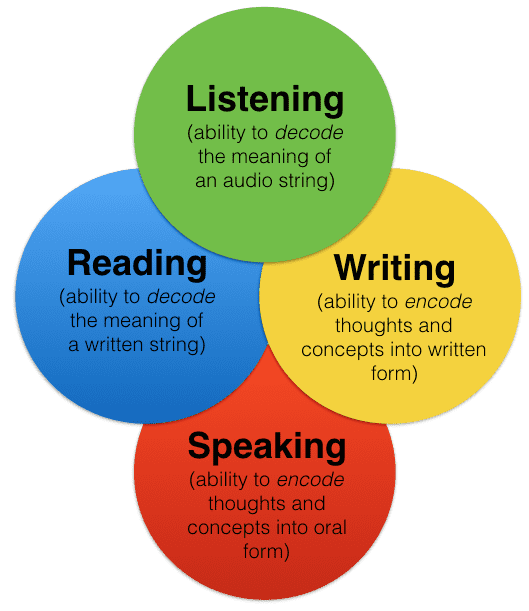 Help students discuss and summarize the setting, characters, plot, outcomes and any other information they learned about the story structure.
Help students discuss and summarize the setting, characters, plot, outcomes and any other information they learned about the story structure. - Inference is another strategy that helps improve reading comprehension. Teaching students how to understand when information in a passage or text is implied, but not directly stated, improves their ability to make inferences, draw sound conclusions and more fully comprehend and enjoy reading.
- Use illustrations and observation to help students better visualize what's happening. As students visualize what's taking place they're more focused, they connect with the story or passage, and comprehension increases.
- Predicting, questioning, retelling, and self-monitoring are all strategies that will help students improve fluency, understanding and comprehension as they read. Predicting is a pre-reading strategy that forces students to think ahead and anticipate. Questioning turns students into critical readers and spurs them to read more.
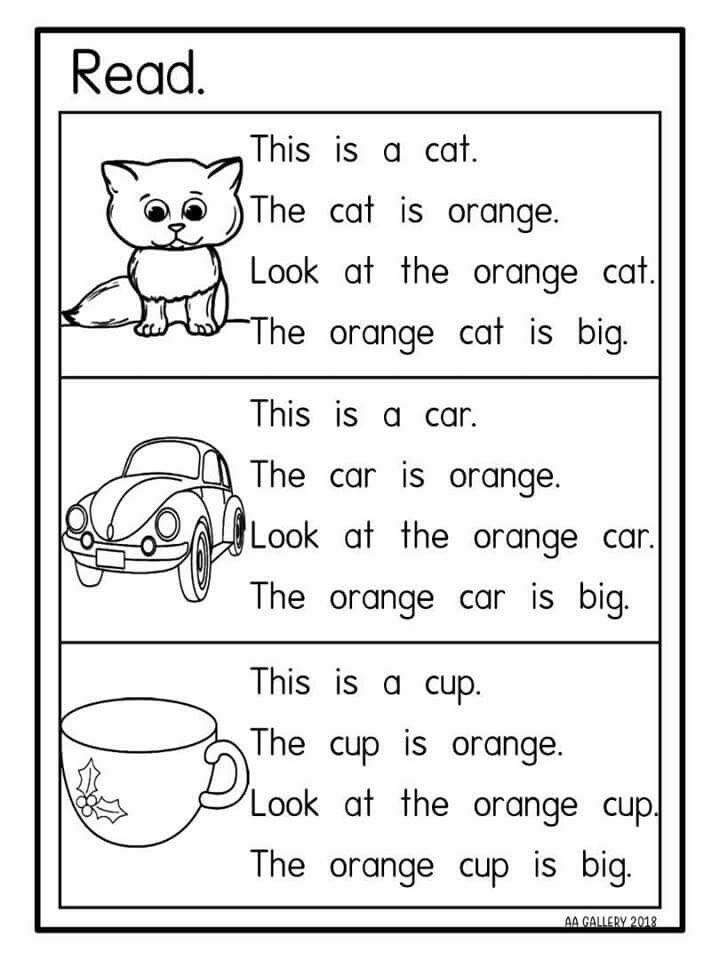 Retelling helps students focus on what they're reading and forces them to understand what they're reading in order to retell their story. Teaching students self-monitoring techniques and strategies will help them check their understanding and improve comprehension.
Retelling helps students focus on what they're reading and forces them to understand what they're reading in order to retell their story. Teaching students self-monitoring techniques and strategies will help them check their understanding and improve comprehension. - Teaching students language patterns and vocabulary will help them better comprehend the text. Recognizing critical language patterns and having a sound understanding of vocabulary will greatly enhance reading comprehension in young readers.
- Teach students how to use pictures, syntax and meaning to solve word problems. The draw-a-picture problem-solving technique, where students make a visual representation of the problem, is one of the most effective ways children can gain comprehension of complex text. Complex sentence structure, common in word problems, is one of the biggest impediments to solving word problems. Consequently, understanding syntax is imperative to a child's ability to solve word problems.
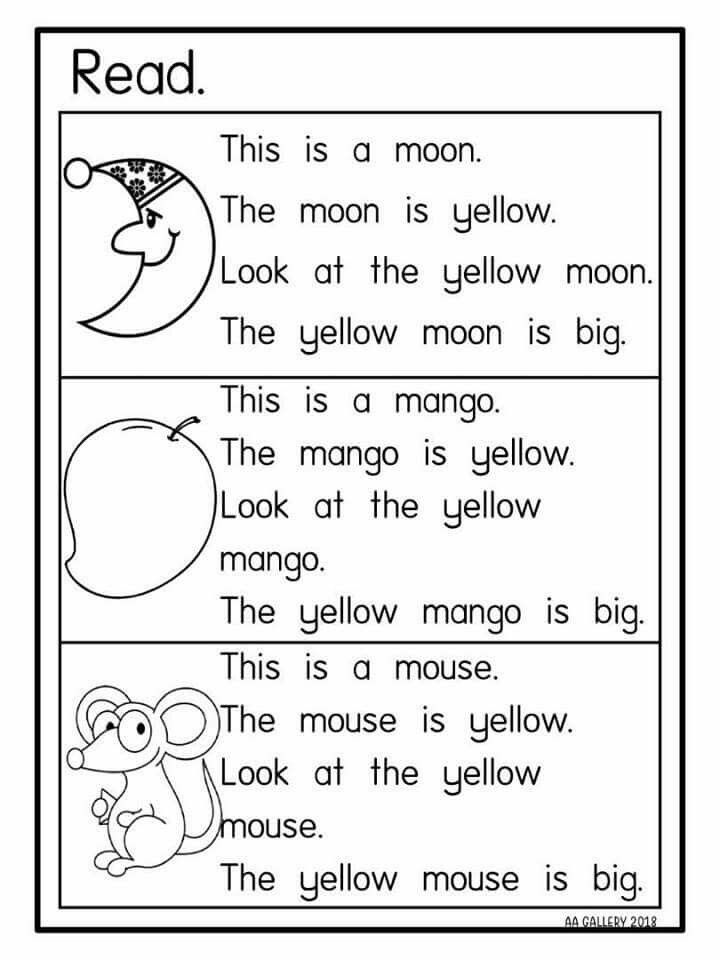 Teach students how to break difficult sentences into shorter, more comprehensible sentences. Finally, teach students to read for meaning.
Teach students how to break difficult sentences into shorter, more comprehensible sentences. Finally, teach students to read for meaning. - For children to become fluent, independent readers they need to read on their own each day. A reasonable time is from 10 to 20 minutes depending on their age and the text.
4th–8th Grade:
Foundational reading instruction should continue from 4th through 8th grade with additional focus on reading comprehension within diverse content areas and disciplines. The following tips and strategies will help develop readers who are prepared to succeed in high school, college and beyond.
- Help students learn word parts, including roots, stems, prefixes, and suffixes. Teaching students how word parts fit together to form multi-syllabic words is one of the most effective methods for helping middle and high-school age students build their vocabulary. Helping students learn how to decode multisyllabic words and increase their vocabulary improves reading comprehension.

- Setting a purpose for reading is just as important for middle school and high school students as it is for elementary students. It helps students activate prior knowledge and utilize text structures. It also motivates students to focus on the meaning of the text. Setting a purpose for reading can be particularly beneficial for high school students who struggle with textbook reading.
- Knowledge speeds and strengthens reading comprehension. Any methods that teachers can use to build background and activate prior knowledge will help improve students their reading fluency and comprehension. Background knowledge, or prior knowledge, is so essential to reading comprehension because it helps students make sense of new information.
- Make sure students understand how the structure and parts of textbooks work. Being able to navigate a textbook effectively enhances students' reading comprehension and ability to understand material found in textbooks and content areas.
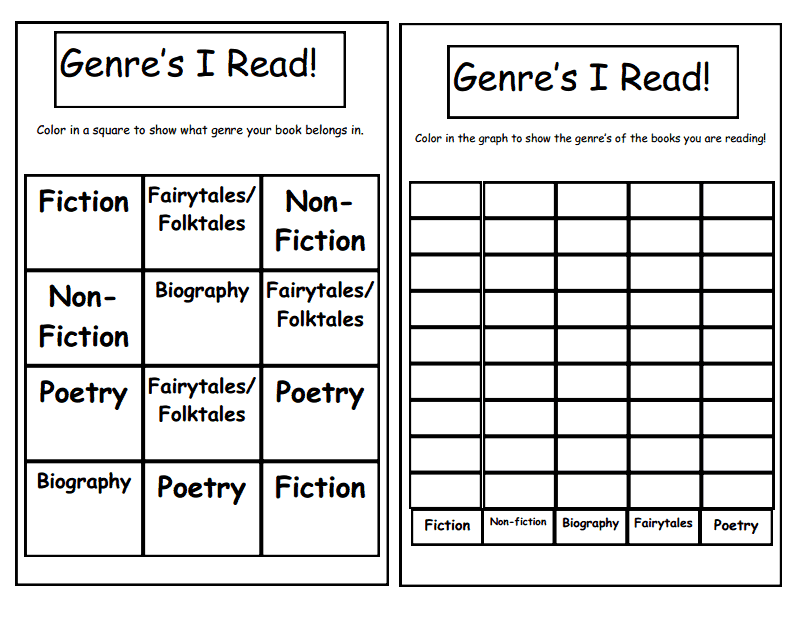
- Teach students proven reading comprehension strategies including predicting, questioning, retelling, synthesizing, summarizing, self-monitoring, rereading, close reading, and thinking aloud. By the time students get to high school many teachers mistakenly believe that students have a good grasp on these reading comprehension strategies. Research says otherwise.
- Introduce students to the different types of literary genres including epic, drama, tragedy, comedy, biography, mystery, nonfiction, fiction, etc and teach them the structure and elements of each.
- Explore text-to-text, text-to-self, and text-to-world connections with students. Once students understand how to relate what they are reading to other books, to the world they live in, and to their own life, they'll start making personal connections to what they read that enhances comprehension and understanding.
- Even though middle school and high school students have been reading independently since elementary school, focused daily independent reading will help enhance reading comprehension.
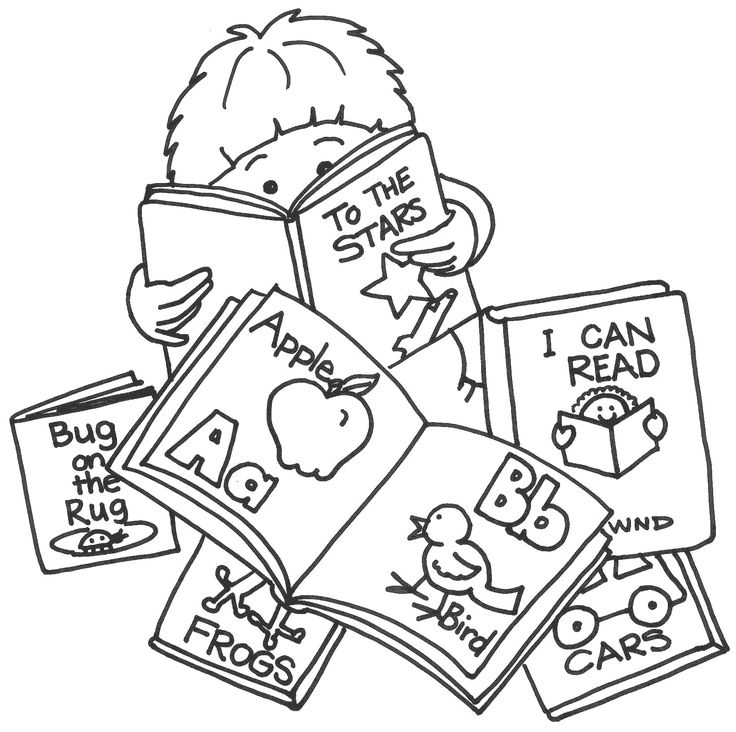
About Us
Privacy Policy
Terms of Use
Contact
Reading to Learn
Enabling all learners at every level of education to read and write successfully.
Buy Teachers Resources
What is Reading to Learn (R2L)
R2L is a set of strategies that enable teachers to support all students in their classes to read and write at the levels they need to succeed. It has been in development globally since the early 2000s at all stages of education. R2L responses to the growing and urgent needs of marginalised learners and can rapidly improve reading and writing for educational access and success.
Early years
R2L supports all children aged 4-6 to become independent readers and to write successful texts.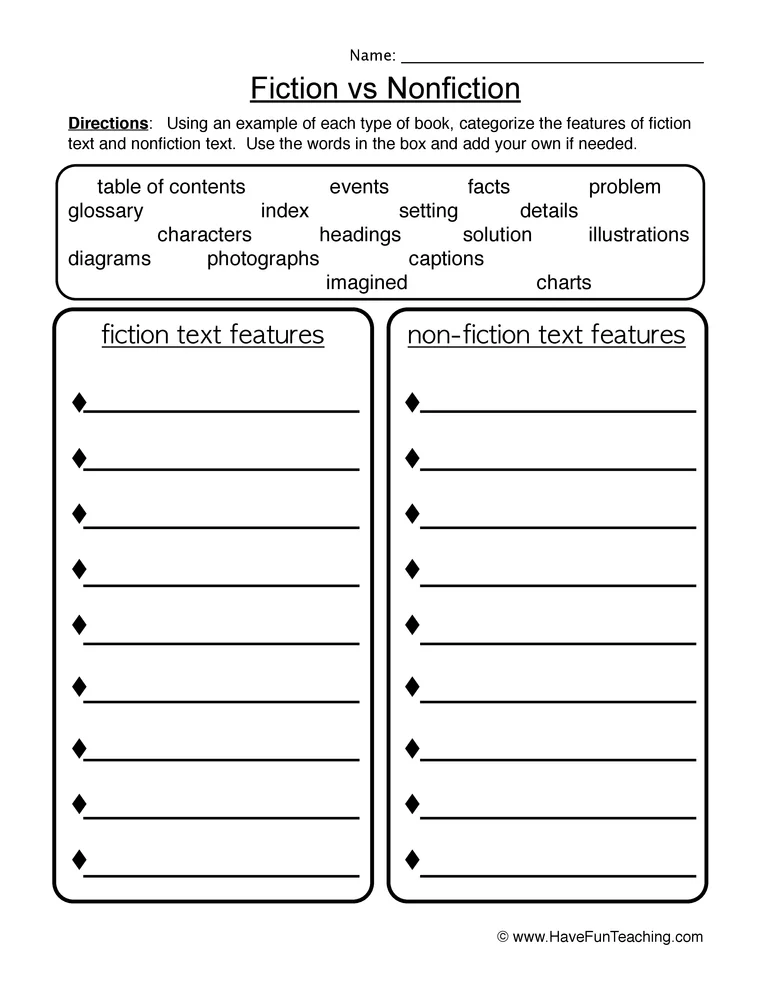 Using illustrated story books, teachers use R2L to improve skills such as comprehension, word recognition, spelling, letter formation, sentence construction and story writing. Because these skills are learnt in the meaningful, engaging context of shared reading books, children can acquire them much faster than through only using standalone alphabet, phonics and sight word drills.
Using illustrated story books, teachers use R2L to improve skills such as comprehension, word recognition, spelling, letter formation, sentence construction and story writing. Because these skills are learnt in the meaningful, engaging context of shared reading books, children can acquire them much faster than through only using standalone alphabet, phonics and sight word drills.
Primary years
For children aged 7-12, R2L is designed to engage them in reading and writing stories for pleasure, factual texts and to evaluate texts, issues and points of view. Teachers select and use texts in the subject areas that the class is studying to teach skills in reading and writing, at the same time as learning the content of each subject area. R2L enables all students to read and write texts at the same high level, rather then giving them texts at different ‘ability levels’. This ensures all students are ready to succeed in secondary school.
Secondary years
Those aged 13-18 are supported by R2L to learn the content of each curriculum area through reading and writing.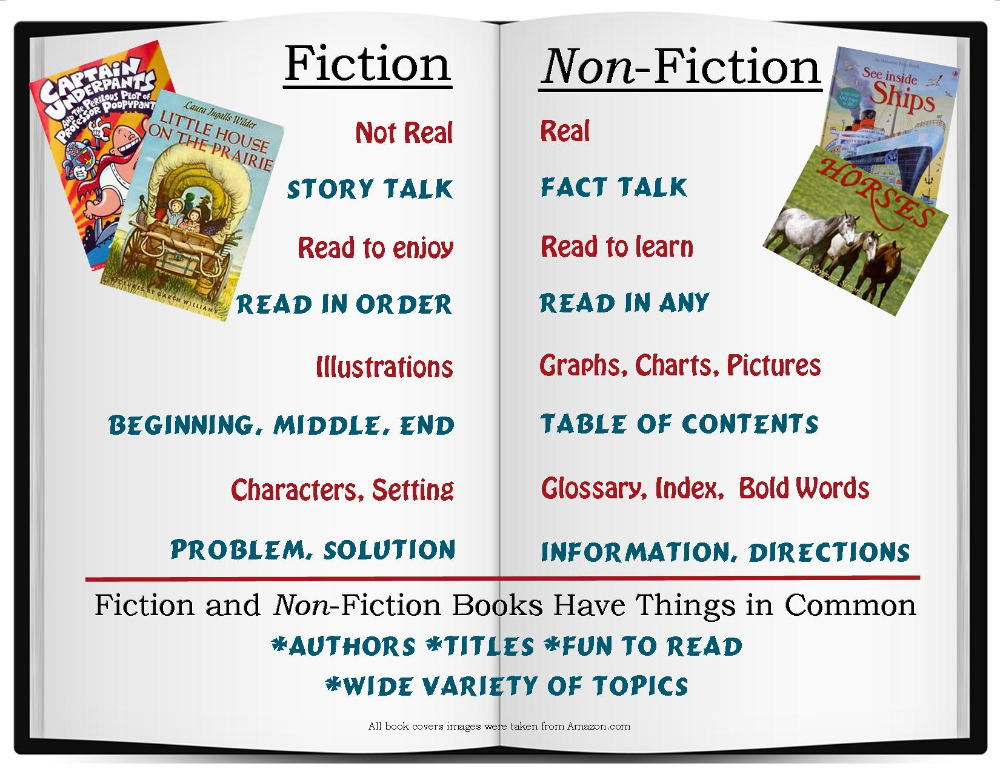 Teachers use the texts that students are expected to read in each subject area, to guide them to learn through reading, and to demonstrate what they learnt through writing. R2L enables teachers to balance the curriculum demands for ‘covering the content’, with teaching essential skills that students need to read and write independently. R2L ensures that all students are well prepared for further education, work and life in general.
Teachers use the texts that students are expected to read in each subject area, to guide them to learn through reading, and to demonstrate what they learnt through writing. R2L enables teachers to balance the curriculum demands for ‘covering the content’, with teaching essential skills that students need to read and write independently. R2L ensures that all students are well prepared for further education, work and life in general.
At home
R2L can be used by caregivers to support their children become independent readers and to write texts successfully. Just like in the early years classroom, caregivers can use illustrated story books to improve skills such as comprehension, word recognition, letter formation, sentence construction. As the child grows, caregivers can use more complex texts and support their child’s developing understanding of concepts such as inference, perspective and audience.
After implementing R2L in my classroom I have seen amazing development in my students’ reading and writing.
Primary School TeacherEveryone of them have benefited greatly from the program!
This has been the single most important professional development I’ve ever had! I am now planning and developing explicit and systemic lessons with specific purpose and focus. I have a much better understanding of how to narrow the gap between my students.
High School Teacher
Thank you! My knowledge of literacy teaching has improved along with my understanding of R2L. Gladly, it is showing through the results of my students.
Primary School Teacher
Use left/right arrows to navigate the slideshow or swipe left/right if using a mobile device
methods of teaching reading to the first grade
When to teach a child to read
There are early development studios where children are taught to read from the first years of life. However, pediatricians do not recommend rushing and advise starting learning to read no earlier than 4 years old, best of all - at 5–6. By this age, most children already distinguish sounds well, can correctly compose sentences and pronounce words. Therefore, most often parents think about how to teach their child to read, already on the eve of school.
However, pediatricians do not recommend rushing and advise starting learning to read no earlier than 4 years old, best of all - at 5–6. By this age, most children already distinguish sounds well, can correctly compose sentences and pronounce words. Therefore, most often parents think about how to teach their child to read, already on the eve of school.
How to know if your child is ready to learn to read
Before you start teaching your child to read, you need to make sure that the child is ready and wants to learn. To do this, try to answer the following questions:
- Does the child know the concepts of “right-left”, “big-small”, “inside-outside”?
- Can he generalize objects according to these characteristics?
- Can he distinguish between similar and dissimilar forms?
- Is he able to remember and execute at least three instructions?
- Does he form phrases correctly?
- Does he pronounce words clearly?
- Can he retell a story he heard or experienced?
- Can he formulate his feelings and impressions?
- Can you predict the ending of a simple story?
- Does he manage to participate in the dialogue?
- Can he listen without interrupting?
- Can he rhyme words?
- Do the letters attract his attention?
- Does the child have a desire to independently look at the book?
- Does he like being read aloud to him?
If you answered “yes” to these questions, your child is ready and will soon learn to read correctly.
Methods for teaching reading
Most of the methods involve learning while playing, so that the child is not bored and learns knowledge better.
<
Zaitsev's Cubes
For more than twenty years, these cubes have been introducing children to letters and teaching how to form words and syllables. They allow you to understand how vowels and consonants, deaf and voiced sounds differ. There are 52 cubes in total, each of which depicts warehouses (combinations of a consonant and a vowel). The cubes vary in color and size, the large ones depict hard warehouses, while the small ones are soft. During classes, parents are encouraged to pronounce or sing warehouses so that the child remembers them better.
K Zaitsev's ubikiSource: moya-lyalyas.ru
Vyacheslav Voskobovich's "towers" and "folds"
windows. You can put cubes in them to make syllables. And from several towers you can make a word.
Voskobovich's "towers"Source: catalog-chess.
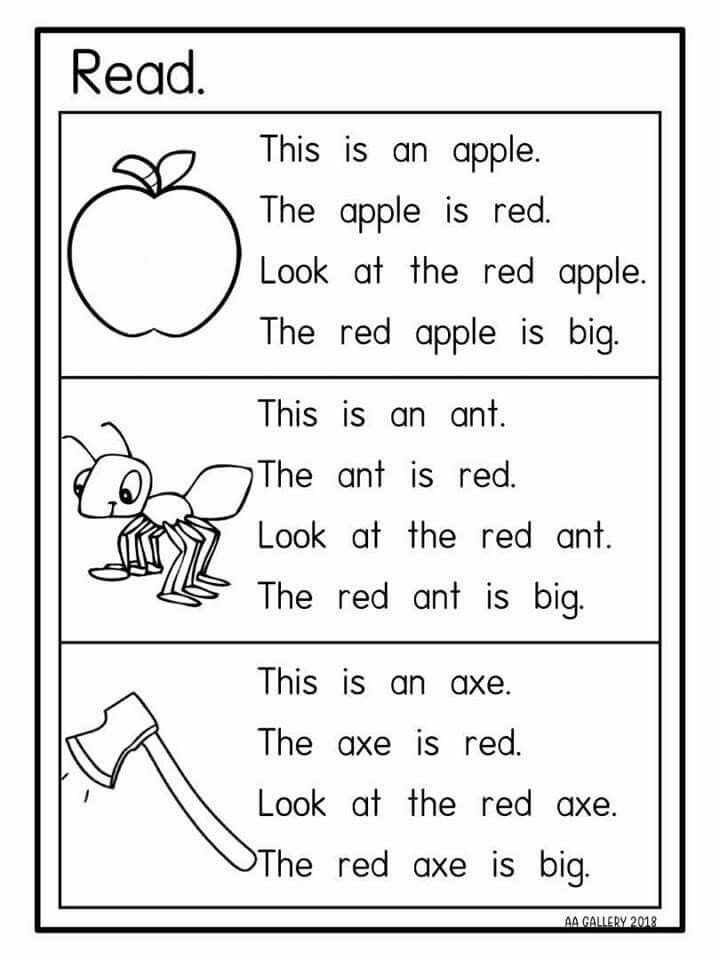 ru
ru Skladushki is a book with pictures, educational rhymes and songs. Parents sing them and in parallel show the warehouses in the pictures. The author of the methodology claims that a child of six years old can be taught to read in a month using "folds".
A page from V. Voskobovich's "folds"
Doman's cards
This method of teaching a child to read is based on memorizing whole words, from simple to more complex. First, the child masters the first 15 cards, which the parent shows him for 1-2 seconds and pronounces the words on them. Then the child tries to memorize phrases. This technique helps not only to learn more words, but also develops memory well in general.
Doman cardsSource: friendly-life.ru/kartochki-domana-dlya-samyh-malenkih
Maria Montessori's method of teaching reading
The essence of the Montessori method is that the child is first asked to feel the writing of a letter, and then pronounce it.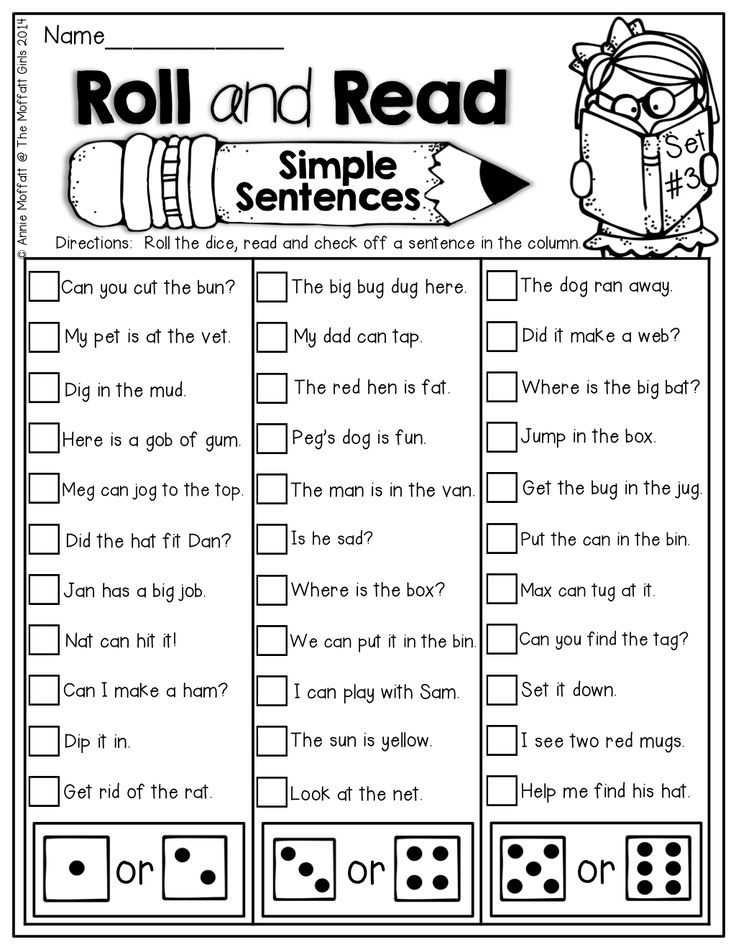 For this, didactic materials are used - cardboard plates with pasted letters, the outline of which the child traces with his finger, naming the sound. After studying consonants and vowels, you can move on to words and phrases. The Montessori method not only helps to learn to read, but also develops fine motor skills, logic, and the ability to analyze.
For this, didactic materials are used - cardboard plates with pasted letters, the outline of which the child traces with his finger, naming the sound. After studying consonants and vowels, you can move on to words and phrases. The Montessori method not only helps to learn to read, but also develops fine motor skills, logic, and the ability to analyze.
Source: hendmeid.guru
Olga Soboleva's technique
The author of this technique believes that you need to start learning not from the abstract alphabet, but immediately in practice - by analyzing simple texts. The Soboleva program allows you to teach a child to read from the age of five - at this age, children are already able to keep their attention on a line of text. Different approaches are offered depending on how it is easier for a child to perceive the world - by eye, by ear or by touch. In addition to reading skills, the technique develops interest in creativity, imagination, attention and memory.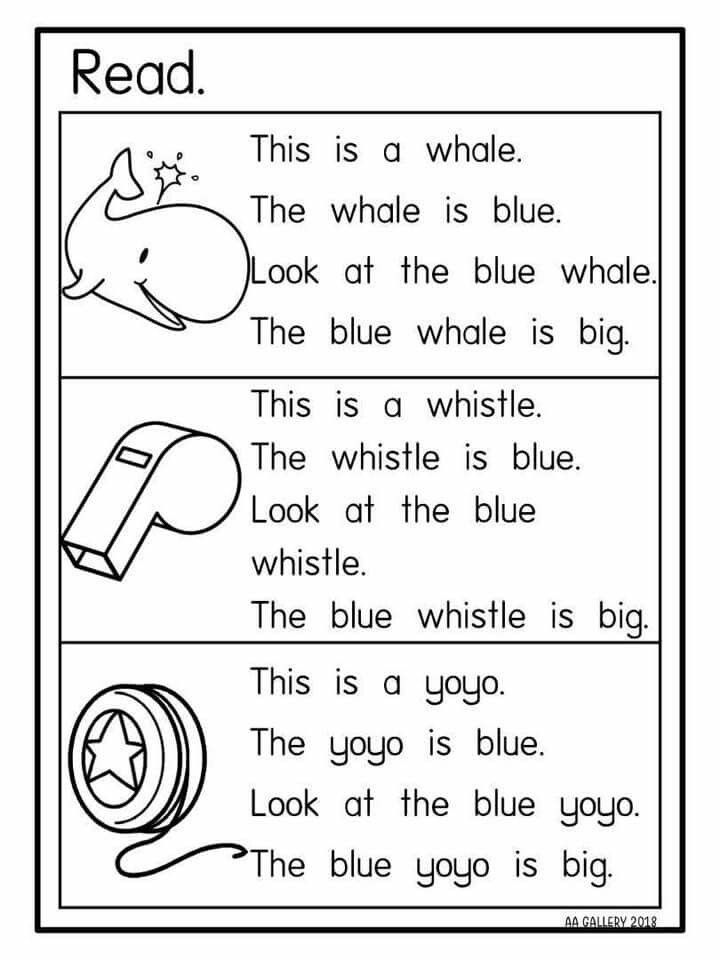
How to teach a child to read by syllables
Teaching a child to read by syllables should be done in stages. First, explain to him that sounds are vowels and consonants, deaf and voiced. Say them with the child - he must understand how they differ. Letters and sounds can be learned while walking: draw your child's attention to the letters on signs and announcements, and soon he will learn to recognize them.
When the child has mastered the letters and sounds, start teaching him to read simple words - "mom", "dad". Then move on to more complex ones - “grandmother”, “dog”, “apartment”. Show your child that syllables can be sung.
Syllabary for learning to read
Next, move on to word formation. You can cut cards with syllables and invite the child to make words out of them. When he gets comfortable, move on to reading short texts. It is better to start with two or three phrases, and a little later switch to texts of five to ten sentences.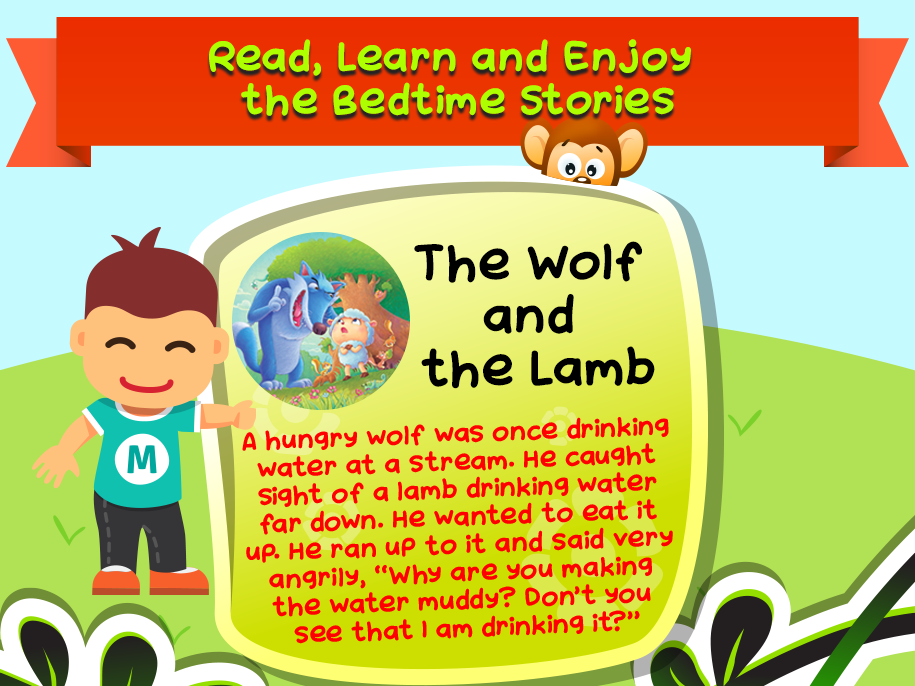
To enroll in Foxford Online Elementary School, a child must have at least basic reading, numeracy and writing skills. To check the readiness of the child for school, we offer to pass a small test that does not require special preparation.
Source: freepik.com
Exercises for learning to read
There are many exercises on the Internet that help children learn to read, you can print them out and start learning right away. Start with exercises that teach you to recognize letters and tell correct spellings from incorrect spellings.
From O. Zhukova's manual “Learning to read. Simple Exercises.Source: mishka-knizhka.ru
When the child gets used to the letters, move on to the exercises for syllables. For example, like this:
Geometric hint exercise. For greater clarity, blocks with words can be cut out.
Such exercises not only teach reading, but also develop logical thinking well:
Gradually move on to exercises where you need not only to read correctly, but also write words:
One of the most difficult and entertaining exercises is fillords: you need to find and cross out the words on the field of letters.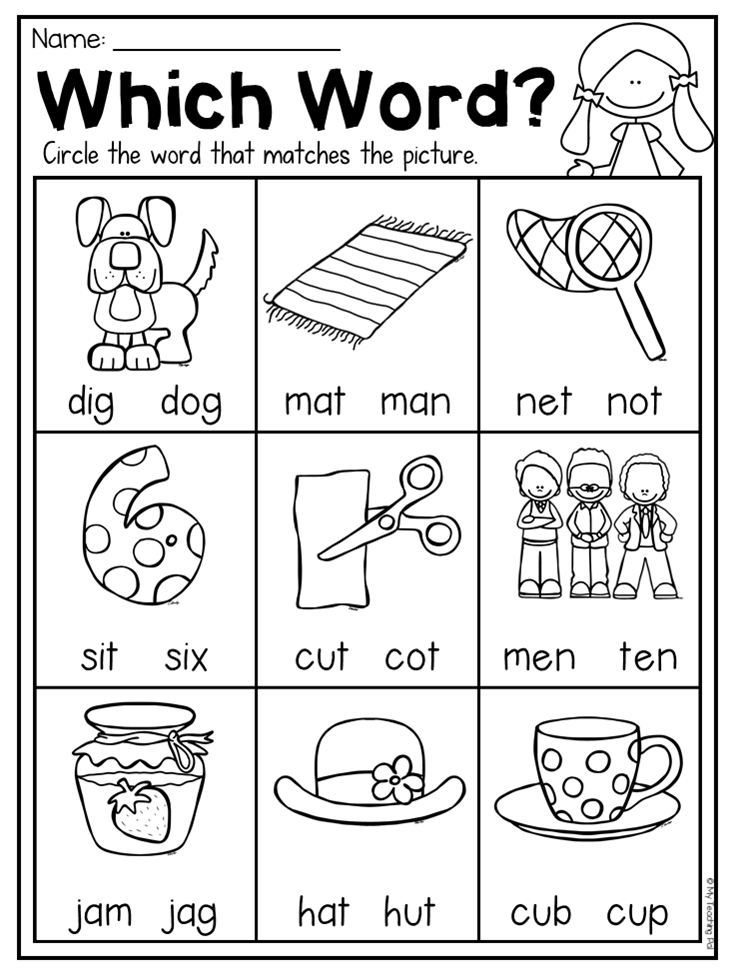
Games for learning to read
With the help of cubes or cards with letters and syllables, you can play different educational games with your child. Let's take a few examples.
Garages
Take a word of 3-4 syllables and place the cards in random order on the floor. Explain to the child how these syllables are read. These will be garages. Give the child different toys and offer to send them to the garage as you wish: for example, the car goes to the TA garage, the bear goes to the RA garage, the ball rolls to the KE garage, and so on. Make sure your child is positioning the toys correctly. At the end of the game, invite the child to make a word from garage syllables. Perhaps not the first time, but he will get a "ROCKET". Gradually introduce new syllables into the game.
<
Store
Lay out images of various goods on the table - this is a store, and you are a seller. Give your child a stack of cards with syllables - they will function as money.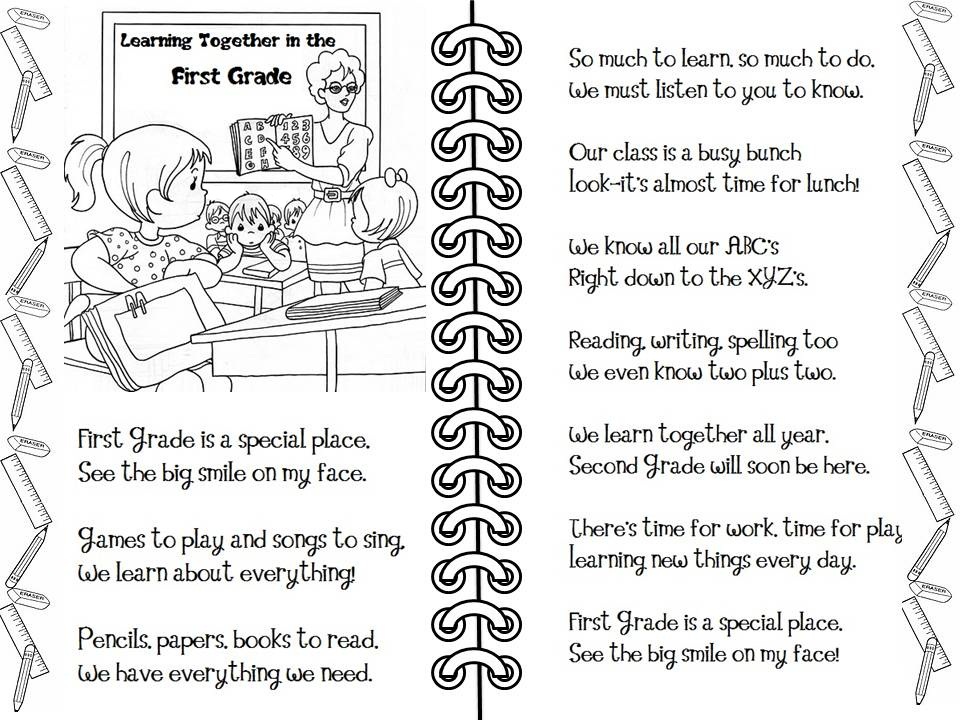 The child needs to buy all the items in the store, but each item is only sold for the syllable it starts with. For example, fish can only be bought for the syllable "RY", milk - for the syllable "MO", and so on. Give your child a few extra cards to make the task more difficult. When he gets used to it, change the conditions of the game: for example, sell goods not for the first, but for the last syllables. The game is both simple and complex: it will allow the child to understand that words are not always spelled the way they are pronounced. After all, a cow cannot be bought for the syllable "KA", for example.
The child needs to buy all the items in the store, but each item is only sold for the syllable it starts with. For example, fish can only be bought for the syllable "RY", milk - for the syllable "MO", and so on. Give your child a few extra cards to make the task more difficult. When he gets used to it, change the conditions of the game: for example, sell goods not for the first, but for the last syllables. The game is both simple and complex: it will allow the child to understand that words are not always spelled the way they are pronounced. After all, a cow cannot be bought for the syllable "KA", for example.
Lotto
Game for several people. Give the children several cards with syllables. Take out the cubes with syllables one by one from the box and announce them. Whoever has a card with such a syllable - he takes it. The first person to complete all the cards wins. During the game, children will accurately remember the syllables that they had on their hands.
Summary
Finally, a few more tips on how to teach a child to read:
- It is better to start teaching children to read by memorizing letters.
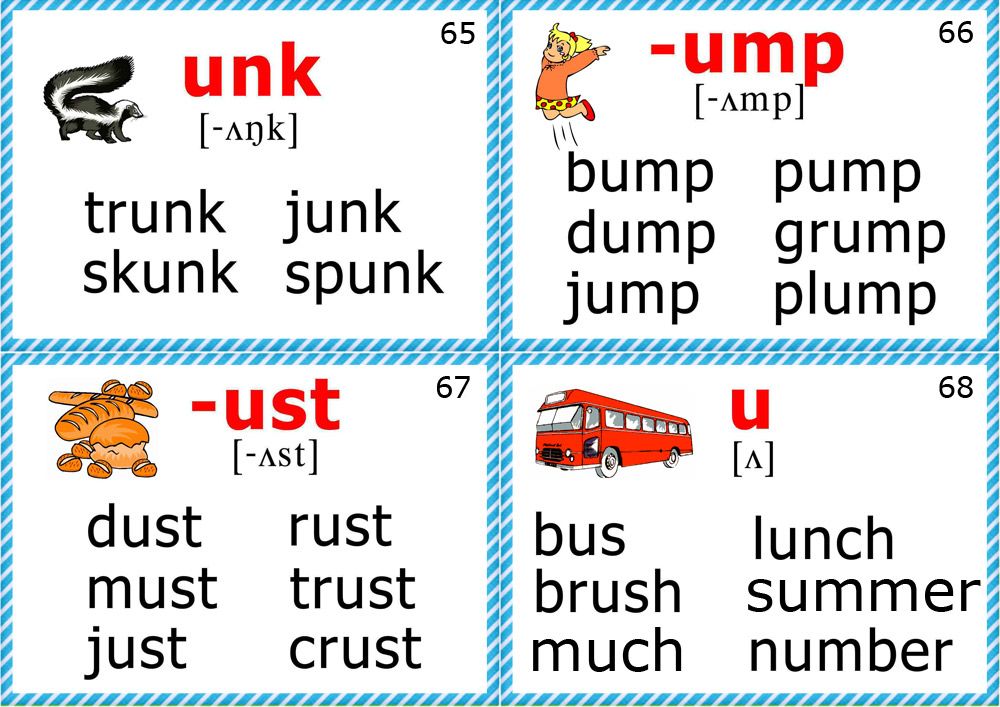 It is important that the child can recognize and name them without hesitation.
It is important that the child can recognize and name them without hesitation. - In the early stages, pronounce the consonants as they are read in words: not [em], [el], [de], but [m], [l], [d] - this way it will be easier for the child to find his bearings.
- Sculpt letters from plasticine, draw and color, buy an alphabet with voice acting - use all the channels of the child's perception.
- Gradually build letters into syllables and then into words. Play rearranging letters and syllables, let the child experiment.
- Teach your child rhymes about the letters of the alphabet, look at the primer, use cards with letters and pictures. Thanks to the illustrations, the child will be able to memorize the symbols faster.
- Distribute the load: fifteen minutes a day is better than an hour twice a week. Alternate entertaining and serious tasks.
- You can hang signs with their names on objects in the child's room - the child will quickly learn to recognize them in texts.

- Read aloud regularly to your child and gradually introduce them to independent reading. Every evening, offer to read at least a few lines from a well-known book on your own.
- Lead by example. For a child to want to learn to read, he must regularly see you with a book.
We hope that our recommendations will help you teach your preschooler to read. Even if your child is just learning to read, at Foxford Elementary School he will be able to improve his skills.
Set of 6 books "Learning to read" 24 pages each
Art. No. 00996
5
no reviews
A set of books "Learning to read" - these are educational aids with bright illustrations and interesting tasks.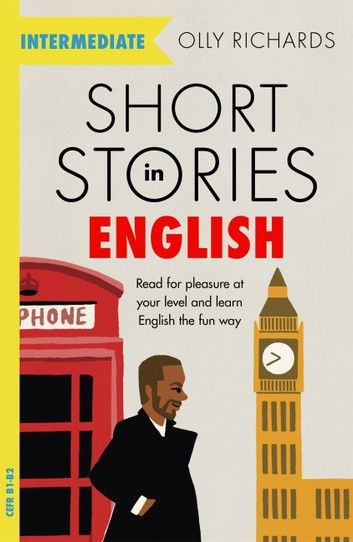 They will help parents gradually teach their kids to read.
They will help parents gradually teach their kids to read.
+ 9 bonus points
279 ₽ / PC.
350 ₽
related products
OrderOut of stock
To favorites Compare- About the product
- Characteristics
- Reviews 0
Learn to Read Kit are educational books with colorful illustrations and fun activities.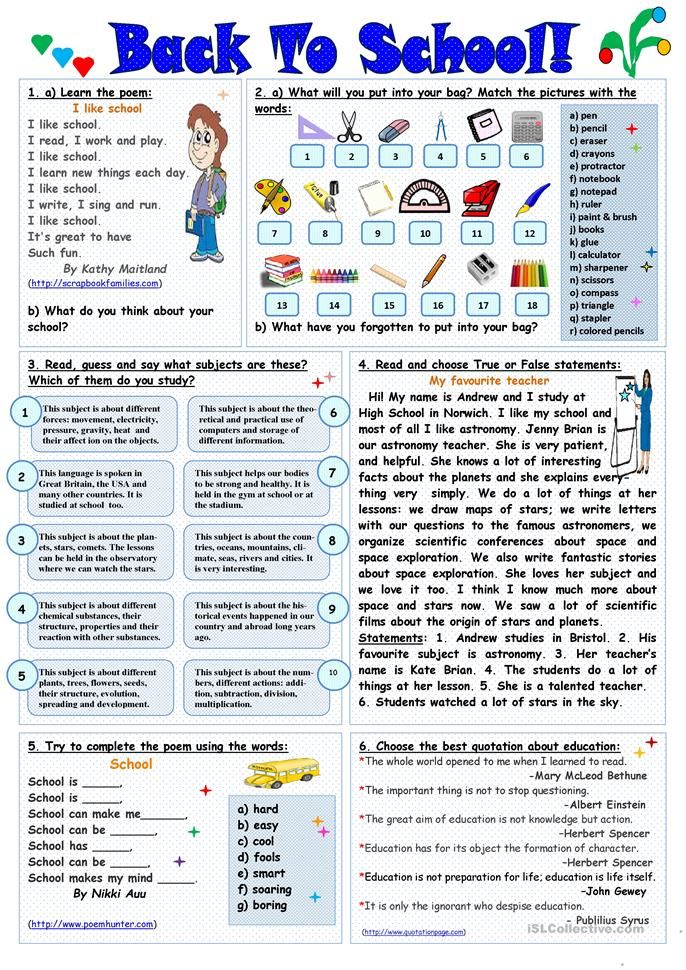
Set consisting of:
- Book "Learning to read vowels" 24 pages
- Learning to Read Consonants Book 24 pp.
- Book "Learning to read syllables" 24 pages
- Learning to Read Words Book 24 pp.
- Learning to Read Phrases and Sentences Book 24 pp.
- Book "Learning to read the text" 24 p.
- To purchase this item at eDDe.shop | Children's goods and toys , you need to add the product to the basket and choose a convenient delivery method.
_______
* Please note that this information is provided for informational purposes and under no circumstances is it a public offer, determined by the provisions of Article 437 (2) of the Civil Code of the Russian Federation. Characteristics, appearance and packaging of goods may be slightly changed by the manufacturer (for example, minor changes in design or packaging that do not affect key consumer properties).

